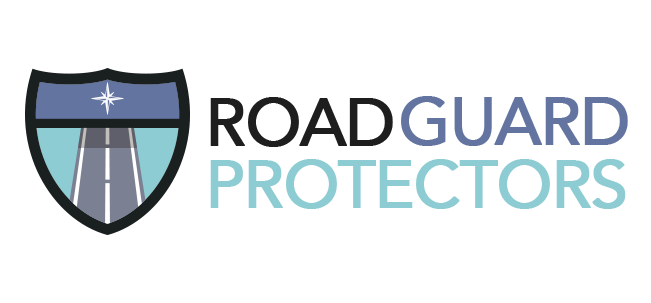When it comes to insuring your vehicle, one of the critical decisions you’ll face is whether to opt for a named drivers policy or an any drivers policy. Each option offers distinct advantages and considerations depending on your circumstances. Understanding the differences between these two types of policies can help you make an informed choice that aligns with your needs and budget.
What are Named Drivers and Any Drivers Policies?
Named Drivers Policy: A named drivers policy, as the name suggests, covers only the individuals explicitly listed on the insurance policy. These individuals are typically specified by name and are the only ones insured to drive the vehicle. If anyone not named on the policy drives the vehicle, they won’t be covered by the insurance.
Any Drivers Policy: Conversely, an any drivers policy provides coverage for anyone who has permission to drive the insured vehicle. This means that, as long as the driver has the owner’s consent, they are covered by the insurance, regardless of whether they are specifically named on the policy.
Pros and Cons of Named Drivers Policies
Pros:
- Cost Savings: Named drivers policies tend to be cheaper since the insurance company assesses the risk based on the listed drivers only.
- Control Over Coverage: You have more control over who drives your vehicle, reducing the risk of unauthorized individuals using it.
- Lower Risk: With fewer drivers covered, there’s typically a lower risk of accidents, which can result in lower premiums.
Cons:
- Limitations: The policy restricts who can drive the vehicle, which can be inconvenient if you occasionally need others to drive.
- Lack of Flexibility: Adding additional drivers to the policy may come with extra costs and administrative hassle.
- Limited Coverage: If an unnamed driver gets behind the wheel and an accident occurs, you may face financial liabilities.
Pros and Cons of Any Drivers Policies
Pros:
- Flexibility: Anyone with permission to use the vehicle is covered, offering greater convenience and flexibility.
- Emergency Situations: In emergencies where someone not listed on the policy needs to drive, they are still covered.
- Shared Vehicles: Ideal for households with multiple drivers who frequently share the same vehicle.
Cons:
- Higher Premiums: Any drivers policies often come with higher premiums to account for the increased risk of multiple drivers.
- Greater Risk: With more individuals covered, there’s a higher likelihood of accidents or claims, potentially leading to increased premiums.
- Less Control: You have less control over who drives the vehicle, which can be concerning if you’re particular about who uses it.
Choosing the Right Coverage for Your Situation
- Evaluate Your Needs: Consider how often your vehicle is driven by others and whether you require the flexibility of an any drivers policy or the cost savings of a named drivers policy.
- Assess Risk Tolerance: Determine your comfort level with sharing your vehicle with others and the potential financial implications of an accident involving an unnamed driver.
- Compare Quotes: Obtain quotes for both named drivers and any drivers policies from multiple insurers to assess the cost difference and coverage options.
- Review Policy Terms: Carefully review the terms and conditions of each policy, including any restrictions or exclusions that may impact your decision.
- Seek Expert Advice: If you’re unsure which option is best for you, consult with an insurance agent or financial advisor who can provide personalized guidance based on your circumstances.
Whether you opt for a named drivers or any drivers policy depends on your individual preferences, driving habits, and budget constraints. By weighing the pros and cons of each option and considering your specific needs, you can make an informed decision that provides the right level of coverage and peace of mind.

